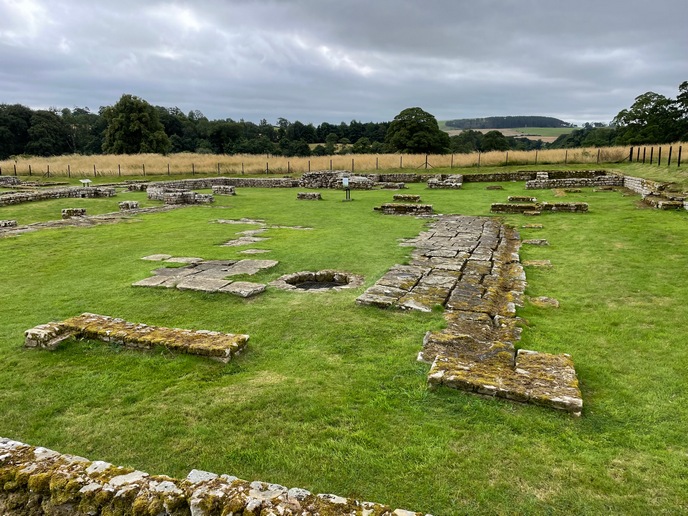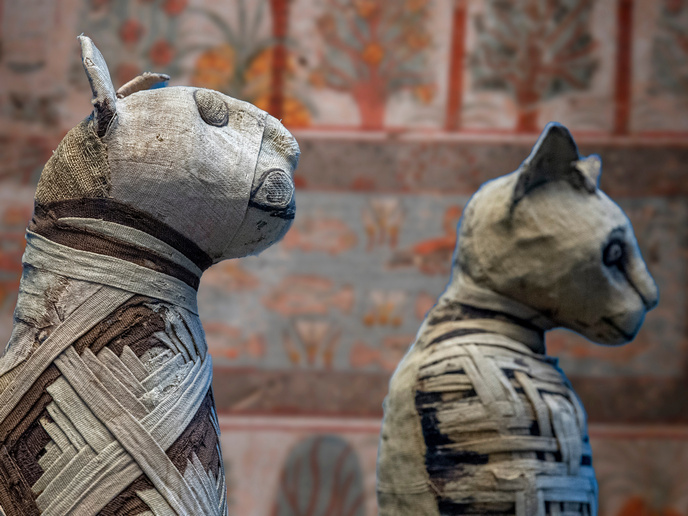Tracing the worship of Asclepius
Computing and digital technologies continue to offer valuable tools to the field of digital humanities. Indeed, historiography has greatly benefitted from them. With the support of the Marie Skłodowska-Curie Actions programme, the AscNet project managed to test existing hypotheses from the academic debate, mostly founded on established historiographical methods.
Cult dissemination and the role of the Roman army
The first hypothesis tested claims that it was Roman soldiers who successfully spread the cult of Asclepius, the Greco-Roman god of medicine. This is a logical assumption since Roman soldiers were a highly mobile group, travelling to the very borders of the Roman Empire and taking elements of Roman culture with them. By analysing the relative distances between military deployments and locations of Asclepius worship, AscNet found a clear proximity, thereby providing support for the hypothesis. However, the project further nuanced our understanding of this cultural transmission by revealing that the activities of physicians in the Roman army were a good predictor for the spatial occurrence of Asclepius worship. The finding suggests that Roman soldiers considered good health was attributed to both physicians and the god Asclepius. The second hypothesis argues that Asclepius was more popular in the times of the Antonine Plague circa 165-180 CE. It is based on the rationale that people would have worshipped the god of medicine more intensely during this health crisis. However, AscNet’s analysis has shown that the worship of Asclepius in Latin inscriptions was no more intensive than the worship of other cults at the time; rather, it followed the general trend of Roman epigraphic habits.
A sophisticated historiographic methodology
“Using quantitative approaches in dealing with archaeological or epigraphic data is always challenged by the incompleteness or temporal uncertainties of the data,” explains project coordinator Tomáš Glomb. The team wanted to measure the popularity of Asclepius during the Antonine plague by counting the number of Latin inscriptions dedicated to this god in different periods. However, Roman Latin inscriptions are often dated only to a specific decade, sometimes only to a specific century, and each one is most frequently dated using an interval in the form of ‘not before’ and ‘not after’. Given that the health crisis lasted approximately 15 years, this made ascertaining Asclepius’ popularity particularly challenging. “Fortunately, there are mathematical tools that have the potential to overcome such limits,” clarifies Glomb. “We used the so-called Monte Carlo algorithms that randomly generated thousands of possible dates of origin for our inscriptions between their interval limits and helped us to model their most probable temporal distribution and contribute to the academic debate by providing new arguments.”
The promises of interdisciplinary historiography
“Not only did our results reveal the process of cultural transmission in space and time has very complicated dynamics, but that we also now have the tools and data to gradually disentangle it,” points out Glomb, who aims to explore the spectrum of factors forming the map of worship of Roman deities and decipher it. AscNet project data and scripts are described in detail and made openly available, enabling further application by other researchers solving similar research problems.
Keywords
AscNet, Asclepius, worship, inscriptions, historiography, academic debate







